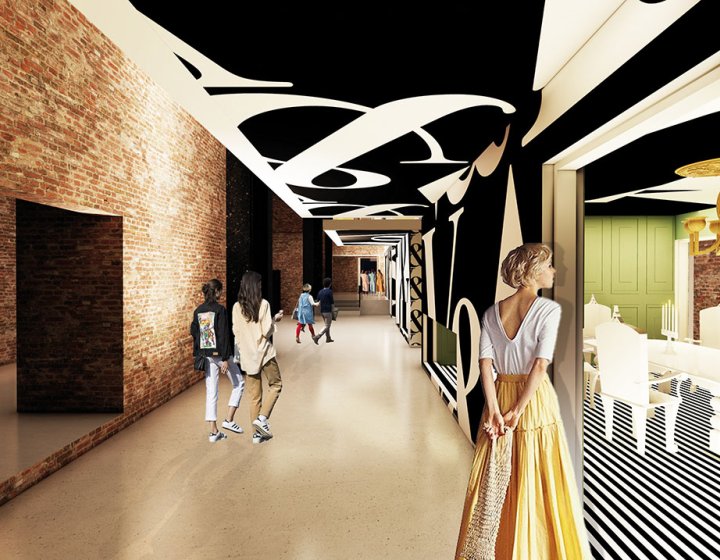Raise Your Home's Aesthetic: The Important Connection Between Interior Design and Home Engineer
In the pursuit to change a residence into a home, the bond in between interior layout and design is important. As we discover this subject even more, we'll reveal crucial strategies for balancing building structure with indoor appearances, welcoming you to discover brand-new dimensions of your living space.
Understanding the Core Principles of Interior Design and Design
While several may view interior decoration and style as merely aesthetic quests, they are, actually, complex techniques rooted in certain core concepts. These concepts lead the creation of useful, lasting, and aesthetically pleasing spaces. In interior decoration, components such as equilibrium, rhythm, and emphasis are key factors to consider. Developers adjust these elements to create spaces that are not only visually appealing, but comfortable and likewise practical. Architecture revolves around principles such as energy, durability, and charm. Designers must consider these factors while making structures that meet the demands of their passengers, stand up to the test of time, and add favorably to their surrounding atmosphere. Understanding these core concepts is important for valuing the depth and breadth of these interconnected techniques.

The Symbiotic Partnership Between Interior Design and Home Architecture
Though relatively distinctive, interior decoration and home design share a symbiotic relationship that is crucial to the development of harmonious, functional, and cosmetically pleasing living areas. The design offers the skeletal system, a physical framework where interior design breathes life, transforming these areas right into homes. Winchester architect. Vital to this synergy is the understanding of their common aspects such as light, form, room, and materials. They are synergistic; the design commonly notifying the interior decoration options, and vice versa. For example, a building's building style can affect the interior's shade combination, furniture option, and layout. Conversely, the preferred interior can determine the architectural structure. This reciprocatory connection elevates and enhances both self-controls, pushing the boundaries of function, style, and convenience.
Secret Aspects for Balancing Interior Design and Architectural Design

Situation Researches: Successful Integration of Interior Design and Architecture
Examining several situation research studies can shed light on the effective assimilation of indoor style and style. It uses a similar approach, yet the indoor design is bolder, with a popular sculpture in the living area, producing a dynamic interaction between the architecture and indoor style. These instances demonstrate the potential for indoor style and architecture to improve each various other, producing a natural and aesthetically pleasing atmosphere.
Tips for Aligning Your Interior Design With Your Home's Architectural Features
While it might appear challenging, straightening your indoor design with your home's building attributes can considerably boost the total aesthetic and environment. The very first step is to comprehend the building design of your house, whether it's contemporary, traditional, or a mix of both. Pick furnishings and decorations that complement it. A contemporary home may profit from minimal furnishings, while a standard residence might look best with traditional pieces. Make use of the natural light, shapes, and navigate here lines of your home's style. Highlight them if your house has distinct attributes like arched entrances or subjected beam of lights. Do not cover these up; instead, make them centerpieces. With thoughtful factor to consider, your interior basics decoration can seamlessly blend with your home's architecture, creating a cohesive and welcoming room.
Conclusion

Boost Your Home's Aesthetic: The Essential Connection Between Interior Style and Home Engineer - Winchester architect
Though seemingly unique, browse around this web-site indoor layout and home architecture share a cooperative relationship that is vital to the production of unified, functional, and visually pleasing living rooms. It uses a similar technique, yet the indoor style is bolder, with a noticeable sculpture in the living location, developing a dynamic interaction between the architecture and interior layout. With thoughtful consideration, your indoor design can seamlessly blend with your home's style, developing a cohesive and welcoming space.
In essence, home architecture and interior style are interdependent techniques that, when sympathetically integrated, can elevate a home's visual and livability. - Winchester architect